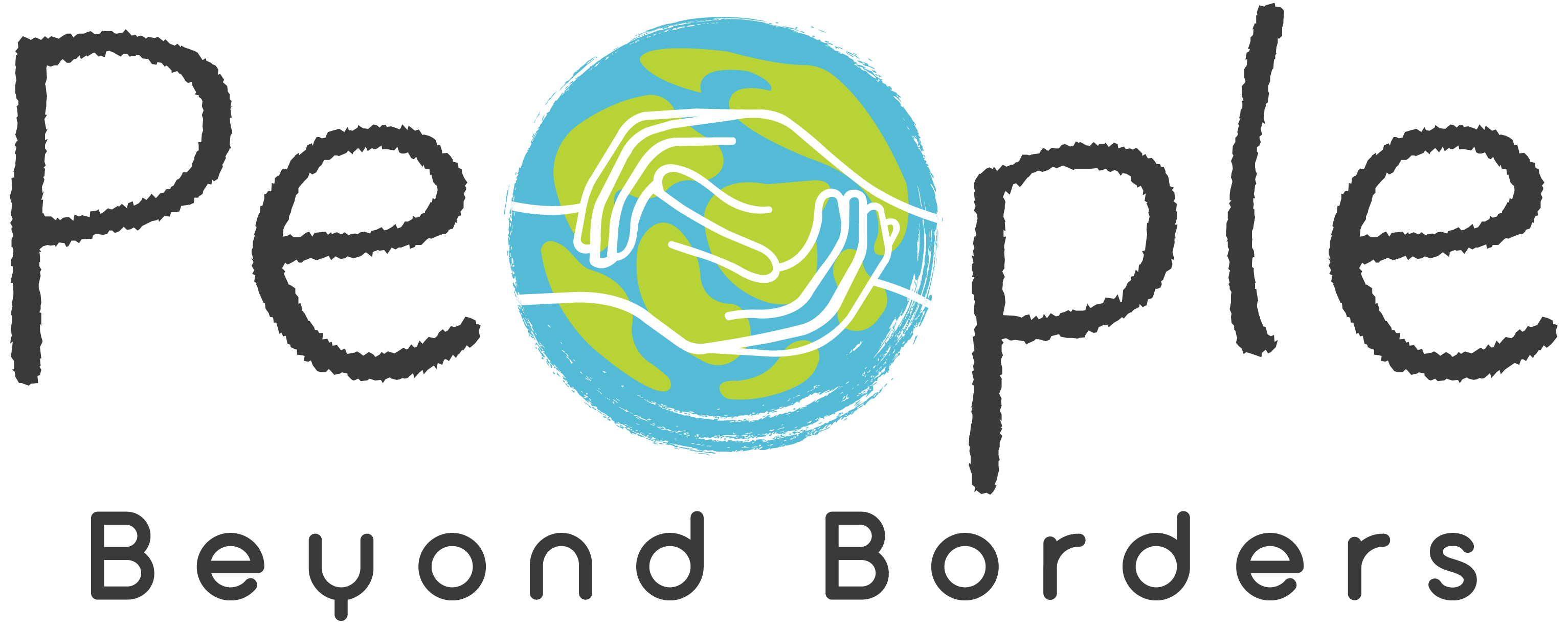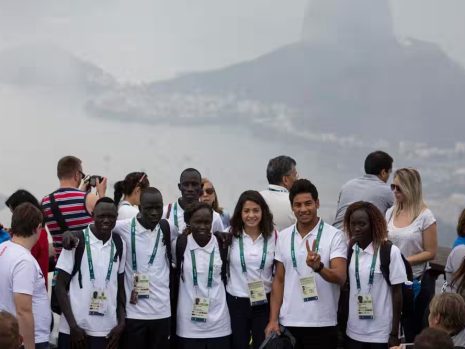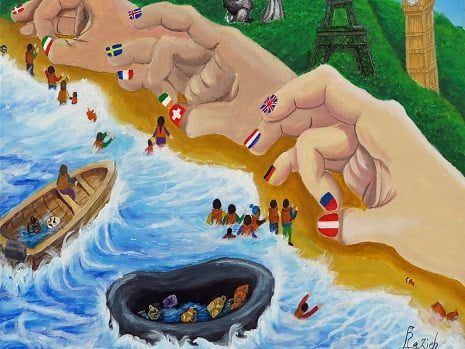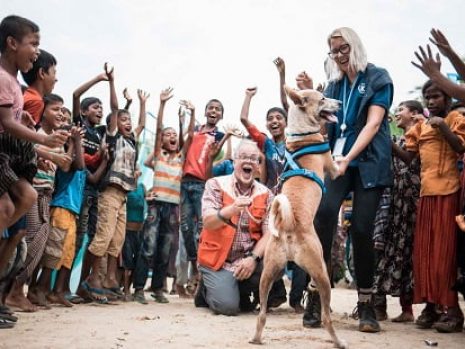In recent years, photographers from all over have flocked to countries affected by the refugee crisis, following the travails of migrants seeking refuge in Turkey, Greece and Lebanon. Others went to the source of the exodus, highlighting tragedies in Myanmar, Afghanistan and South Sudan.

In “Another Way Home,” the 25th annual “Moving Walls” exhibition series by the Open Society Documentary Photography Project, migration takes center stage not only because of our times, but because it has been a constant theme throughout the series’ history.
This one stands out for what it lacks: images of suffering.
After receiving more than 400 applications, a panel selected eight multimedia projects by 13 photographers and artists. In addition to showing their work for several months, each participant has also received a fellowship to further develop their work on migration.



The series has been expanding beyond photography and now embraces all kinds of visual culture: Among the works this year are murals and virtual reality 360 videos.
While varying in format, all of the projects are deeply personal, and, for lack of a better word, refreshing.
“What we want to emphasize and what’s important to focus on is to resist narratives that portray refugees or migrants as a problem,” said Yukiko Yamagata, the acting interim director of the Documentary Photography Project.
Several of the participants are refugees or undocumented immigrants themselves, and some of them have collaborated with immigrant communities to create and share their stories. Their approaches range from celebratory to absurd, political to intimate. Notions of exile and resilience run through the exhibit, which is on view at the Open Society Foundations offices in New York.


In line with elevating the perspective of migrants and refugees, the participants’ native languages are prioritized over English on the walls and in the project statements. That way, visitors may understand the “frustration of having your experience as it relates to language come second, much in the way that an immigrant, migrant or refugee would experience when finding their way in their destination country,” said Siobhan Riordan, the exhibition specialist.
This year’s edition of “Moving Walls” features “Across la Tierra” by Layqa Nuna Yawar, an Ecuadorian-born artist; “Live, Love, Refugee,” by Omar Imam, a Syrian photographer and videographer; and “After Migration,” by the Philadelphia-based designer and artist Walé Oyéjidé.
Exhibited against a crimson red backdrop, Mr. Oyéjidé’s stately fashion portraits feature models who are themselves migrants. “It is true that many of these individuals who cross the seas and deserts in search of a place called home endure much and suffer much,” he said ahead of the reception. But, he added, “These are not the totalities of their experiences.”
Mr. Oyéjidé said he presents his subjects “as we all would hope to be seen. At their best. At their most regal and sophisticated.”



In “The Passport,” the Yemeni photographer Thana Faroq documents her own journey fleeing her country for a new life in the Netherlands. She also juxtaposes black-and-white portraits of other refugees with handwritten letters in which they shared their experiences. (Both Mr. Imam and Ms. Faroq could not attend the exhibit because their visas were denied.)
The series also includes “Project Luz,” by the Argentine artist Sol Aramendi; “Welcome to Intipucá City,” by Jessica Ávalos, Koral Carballo, and Anita Pouchard Serra; “The Right to Grow Old,” by the photographer Tomas Ayuso; and “Fractured Connections,” by the FRPxTN collective, a collaboration between the Family Reunions Project and Tierra Narrative.
In “The Right to Grow Old,” Mr. Ayuso charts the dangerous route Honduran migrants have taken to reach the United States and explores the stories of those who prefer to settle in Mexico rather than further risk their lives with human traffickers.
At the heart of all these projects is the need to survive — the root of nearly all migration. That comes across in the title of the series, “Another Way Home.” It was inspired by a handwritten letter from “The Passport” in which one subject quoted “Home,” a poem by Warsan Shire.
The line read, “No one leaves home unless home is the mouth of a shark.”






